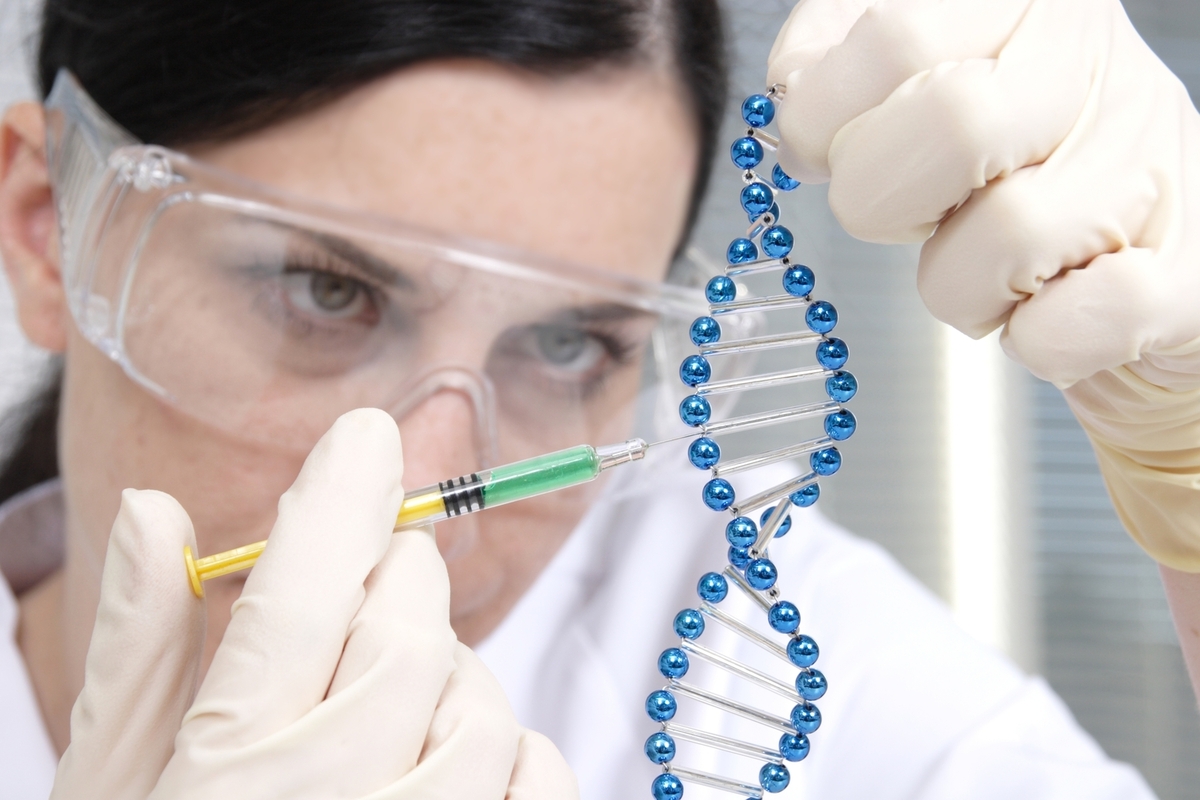Advances in Single Cell Transcriptomics: Exploring Cellular Diversity
This article explores the revolutionary field of single cell transcriptomics, highlighting its significance, methodologies, key platforms, and practical tips. It emphasizes how scRNA-Seq uncovers cellular diversity, aids in disease research, and advances personalized medicine. The piece provides essential insights for researchers to optimize their experiments and harness this technology's full potential, fostering new discoveries in understanding complex biological systems.
Sponsored

Single cell transcriptomics, or scRNA-Seq, has transformed biological research by enabling the study of gene activity at the individual cell level. This innovative technology reveals the diversity within cell populations, assists in identifying new cell types, and provides clues to disease mechanisms. It plays a vital role in developmental biology, cancer research, and personalized medicine. This article covers the importance of scRNA-Seq, its methodologies, major platforms, and practical guidelines to optimize experimental outcomes, paving the way for breakthroughs in understanding cellular complexity.
Understanding how individual cells differ in gene expression is crucial, as traditional bulk analysis averages signals across many cells, potentially masking critical variations. scRNA-Seq captures this heterogeneity, offering detailed insights into tissue composition and cellular functions.
The technology allows scientists to discover previously unrecognized cell subtypes, advancing tissue characterization. It also aids in tracking cell development and differentiation pathways, providing invaluable information on biological processes. Moreover, scRNA-Seq illuminates the cellular landscape of diseases like cancer, identifying abnormal cell populations and their gene profiles. Personalized treatments benefit from this approach by tailoring therapies based on unique cellular patterns detected in patients.
Methodologically, scRNA-Seq begins with isolating single cells via techniques like FACS or microfluidics, followed by RNA extraction. The RNA is reverse transcribed to cDNA, with barcodes attached to identify each cell’s transcripts. Next, high-throughput sequencing reads the cDNA, and bioinformatics tools analyze the data—aligning sequences, quantifying gene expression, and identifying meaningful cellular clusters. Several platforms optimize different aspects: 10x Genomics Chromium for high throughput, Fluidigm C1 for sensitive analysis, SMART-seq2 for comprehensive coverage, and Illumina ddSEQ for ease of use. Each has strengths suitable for specific research needs.
Applications extend across various fields: characterizing cell types within tissues, understanding developmental trajectories, exploring tumor heterogeneity, studying brain cell diversity, profiling immune responses, and guiding individualized therapies. To ensure quality results, experts recommend using viable, representative samples, incorporating controls, performing biological replicates, employing precise barcoding, normalizing data, and utilizing advanced bioinformatics pipelines.
In summary, single cell transcriptomics offers an unparalleled window into cellular functions, fostering progress in developmental biology, disease understanding, and personalized medicine. Proper methodology and platform selection are key to unlocking its full potential, ultimately driving innovative discoveries in biomedical research.





